How often is the best time to eat fish? The answer is …
Original Zhimei Tencent Medical Code, she knows
Fish is a good thing.
But we may not have eaten it right.
What fish do you eat? How many times a week? How much do you eat each time? How do you cook it?
These are all related to your health.
Recently, the US Food and Drug Administration (FDA) and the US Environmental Protection Agency (EPA) jointly issued the "Advice on Eating Fish", which clearly stated how to eat fish healthily.
Let’s take a look together!
(Reminder: The fish mentioned in this proposal is fish in a broad sense, and the fish in biological taxonomy, shrimp, crab and shellfish are collectively referred to as "fish")
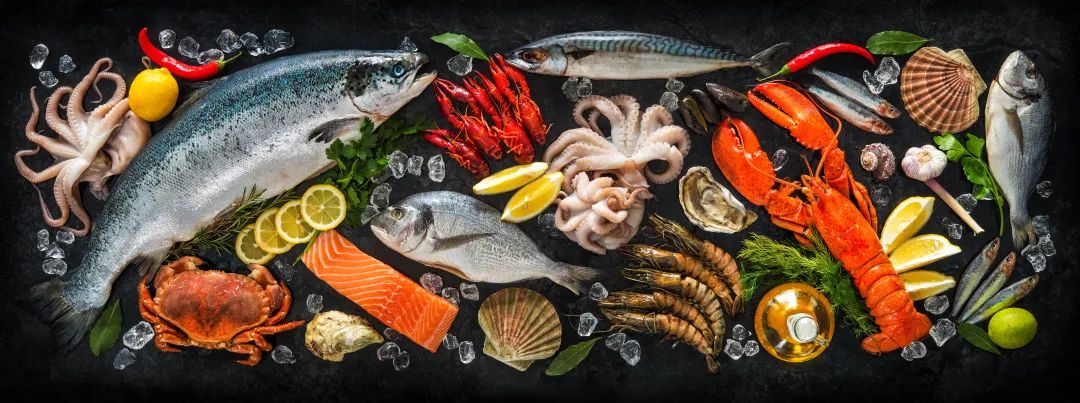

Because there are too many benefits of eating fish!
You don’t know a lot.
Benefit 1:
Fish is so rich in nutrition that it has more advantages than pork and chicken [1,2];
① High-quality protein is high (15%~22%), with soft and tender taste, which is more digestible than livestock meat;
② Low fat content (1%~10%), mainly polyunsaturated fatty acids, especially omega-3 fatty acids (including DHA and EPA), which are beneficial to the development of nervous system, lowering blood lipid and preventing arteriosclerosis;
③ It is rich in minerals (iron, calcium, zinc, iodine, selenium, etc.) and a good source of vitamin B12, vitamin A, vitamin D and choline.
Benefit 2:
"Eating more fish in a healthy diet" is helpful to [1]:
Prevention of cardiovascular and cerebrovascular diseases;
Promote bone health and reduce the risk of hip fracture;
Reduce the risk of overweight and obesity;
Reduce the risk of colon cancer and rectal cancer;
Reduce the risk of death and prolong life;
……
("Healthy eating mode of eating more fish" means not only eating fish frequently, but also taking in enough fresh vegetables, fruits, beans and whole grains, as well as appropriate dairy products, lean meat and poultry meat, nuts and vegetable oil rich in unsaturated fatty acids.)
Benefit 3:
For some special people, eating fish in moderation brings additional benefits:
① For pregnant women, nursing women and infants, fish can provide key nutrients needed to support the brain development of fetuses and infants, especially omega-3 fatty acids [1].
② A survey of students in China found that children who eat fish have higher intelligence scores and better sleep [3].
③ A recent study by Huazhong University of Science and Technology found that eating fish for cancer patients helps to reduce the risk of death [4].
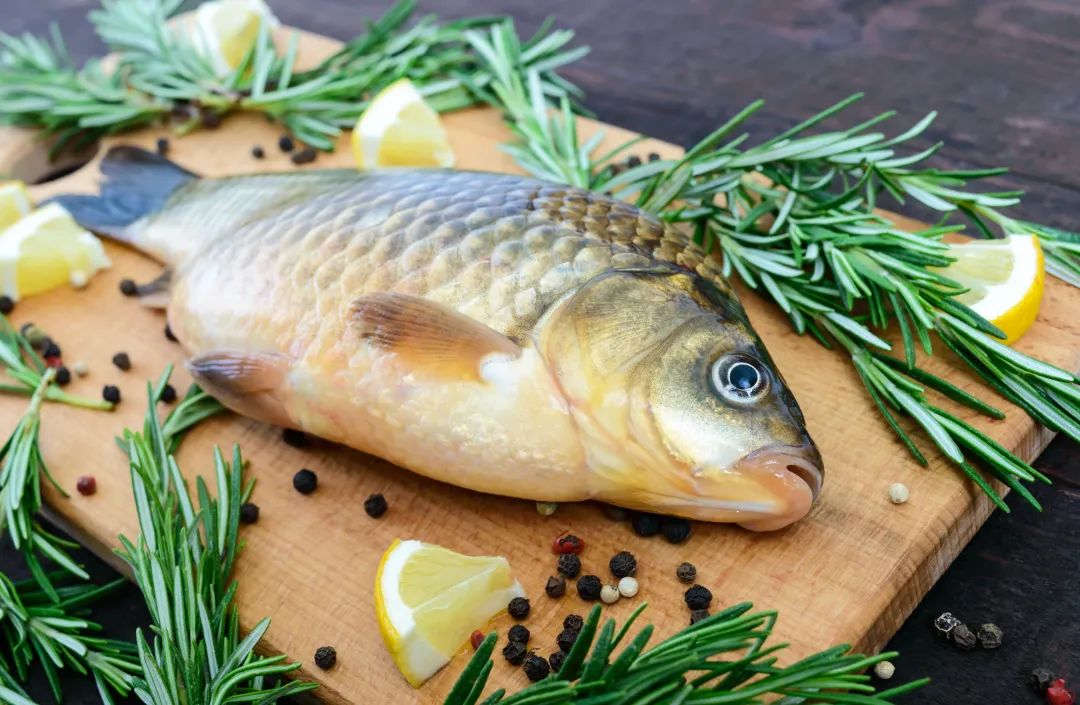
The benefits of eating fish are not limited to these, and there are many related studies. Maybe scientists will make new discoveries in two days.

No one is perfect, and so are fish.
Fish in life can’t "get out of the mud without being stained". They are easily influenced by the surrounding environment and enrich pollutants in water, especially methylmercury.
After methylmercury enters the human body, it is discharged very slowly. Excessive long-term exposure will lead to cumulative toxicity and damage to the brain and nervous system.
In 1950s, the Minamata disease in Japan was caused by methylmercury [2].
"Fish suggestion" suggests that you must choose fish with low mercury content.
According to the content of methylmercury, the safety of fish (including fish and shellfish) is divided into three grades [1]:
The best choice: low mercury, you can eat 2~3 servings a week.
Good choice: the mercury content is slightly higher than the former, and you can only eat one serving per week.
Avoid choice: the mercury content is high, so don’t eat if you can.
(How to calculate 1 copy? Adults and children are different. We will explain later. If you are in a hurry, you can slide directly to part5.)
List of fish with 3 safety levels (according to FDA recommendation)
(Don’t worry when you see a lot of fish you don’t know, and a list of fish that Chinese often eats will be given later ~)
optimum selection
Anchovy, Atlantic yellow croaker, Atlantic mackerel (mackerel), largemouth bass (California bass), golden thread fish, squid, clam, cod, crab, freshwater crayfish, flounder, haddock, hake, herring, American lobster, barracuda, and so on.
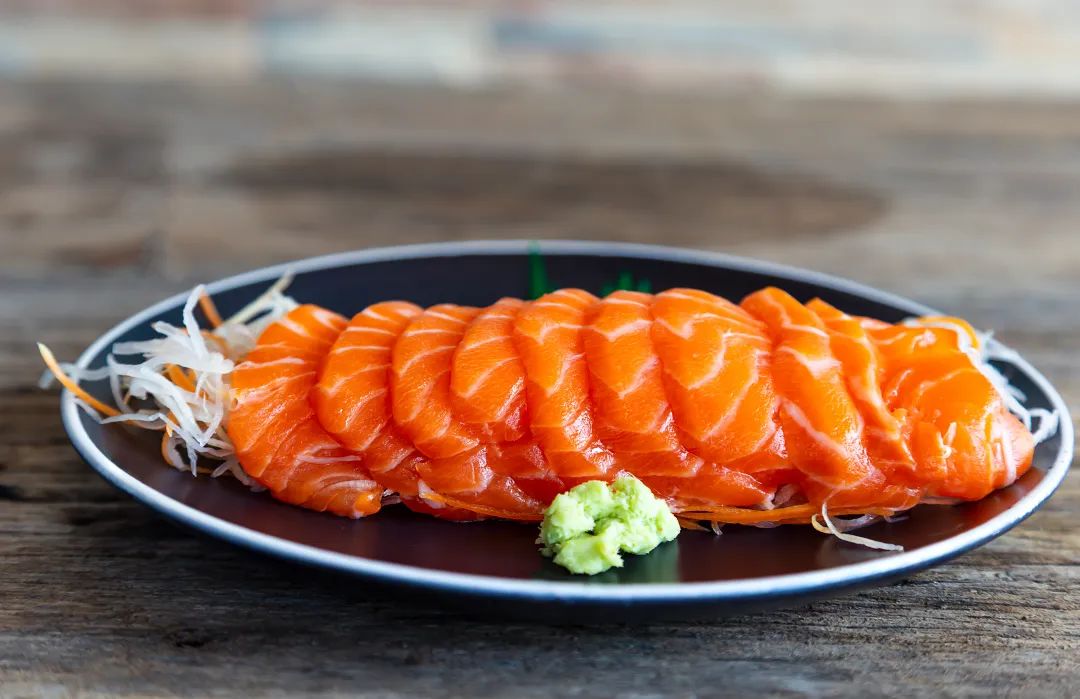
Good choice
Bamboo pod fish, buffalo fish (bull mullet), carp, Chilean sea bass/Antarctic canine fish (silver cod), grouper, halibut, dolphin,? ? ? ? Fish, rock fish, naked fish (silver cod), red bass (red snapper), snapper, mackerel, striped bass (sea water), square head fish (Atlantic Ocean), albacore/white tuna (canned, fresh and frozen), yellowfin tuna, sea fish.
Avoid choice
Atlantic mackerel, marlin (swordfish), Atlantic seabream, shark, swordfish, square head fish (Gulf of Mexico), bigeye tuna.
Based on the measured data in China, the aquatic products that Chinese eats the most every day are recommended as follows:
You can eat 2~3 servings of fish every week: hairtail, grass carp, Wuchang fish, small yellow croaker, sole, river bass, tilapia, sturgeon, cod, salmon, sardines, prawns, scallops, squid, shrimps and crabs.
You can eat 1 serving of fish every week: sea bass, mackerel, grouper, snapper, halibut, silver cod, yellow croaker, herring, silver carp, bighead carp, carp and crucian carp.


The number of so-called "one serving" fish varies with age.
(Note that 1 serving in the proposal refers to the weight of raw fish before cooking.)
1. Ordinary adults
Recommended food intake: eat 2 servings of fish a week, which is the size of two palms.
An adult serving is about 120 grams (4 ounces), which is about the size of an adult’s palm.

(Source: FDA official website)
2. Pregnant and lactating women
Suggested food intake: eat 2-3 servings of "best choice" fish per week, or 1 serving of "good choice" fish per week.
Note: it is a choice, not a "harmony" relationship.
3. Infants and children
Recommended food intake: 2 servings of "best choice" fish per week. Don’t eat "good choice" fish.
1~3 years old, about 30 grams (1 ounce)
4~7 years old, about 60 grams (2 ounces)
8~10 years old, about 90 grams (3 ounces)
11 years old and above, about 120 grams (4 ounces)
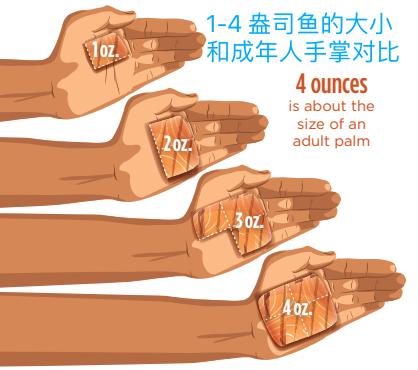
(Source: FDA official website)

In order to benefit from eating fish, the cooking method is very important.
one
Recommended practices: steaming, oven controlled baking and electric pressure cooker stewing.
Steaming is one of the best choices, which can preserve omega-3 fatty acids and multivitamins in fish.

It is also a good way to wrap it and bake it in an oven, or to stew/bake it in an electric pressure cooker.
2
Not recommended practices: roasting and frying with open fire.
Try not to bake with open fire, so as not to produce a variety of carcinogens [5].
Frying and frying are also not recommended, because omega-3 fatty acids are destroyed a lot at high temperature [6].
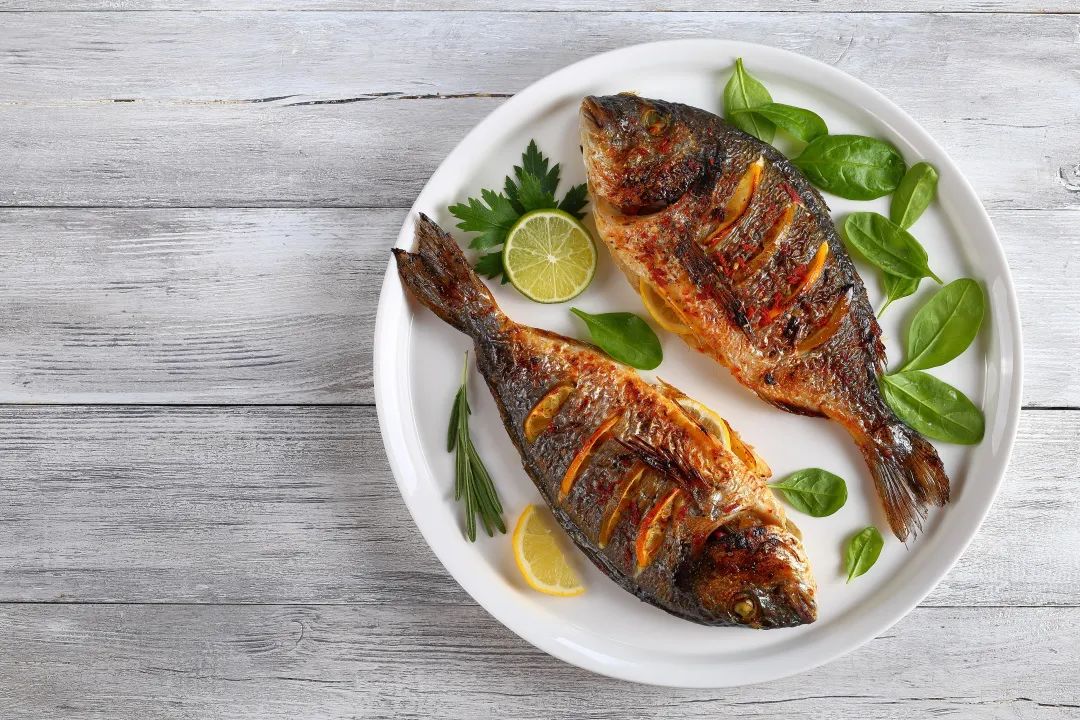
To braise in soy sauce and make soup, it is generally necessary to fry in oil first. It is recommended to put less oil, fry at as low a temperature as possible and for as short a time as possible.
Tips:
Freshwater fish must not be eaten raw!
Marine fish that can be eaten raw must be purchased from reliable merchants.
Pregnant women and children are not recommended to eat raw fish and aquatic products, including sushi and sashimi.
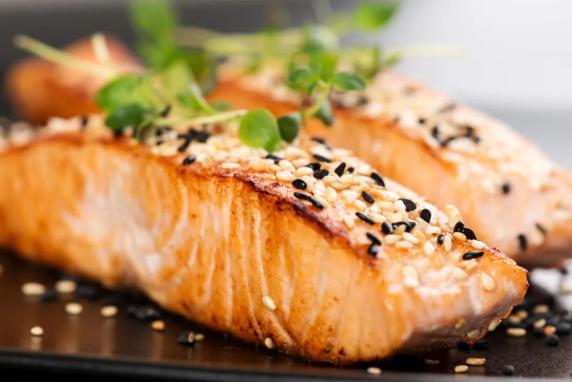
(Cooked salmon tastes good too.)

Q1
Which is better, marine fish or freshwater fish?
From a nutritional point of view, there is not much difference between the two.
In particular, the content of DHA (docosahexaenoic acid, commonly known as brain gold), which everyone is generally concerned about, does not depend entirely on whether it is river fish or deep-sea fish, but mainly on the species of fish.
For example, the DHA content of eel is as high as 471 mg /100 g, which is higher than that of small yellow croaker, hairtail, sea bass, cod and other marine fish. Bass, bighead carp, catfish and silver carp also contain more DHA [7,8].
Therefore, everyone should choose according to their own preferences.
Q2
Is there any way to reduce mercury residue?
Unfortunately, cleaning or cooking can’t reduce the residual amount of mercury, because it is dispersed in fish and very stable.
The only way to reduce the mercury intake of fish is to choose safe fish species from the "best choice" according to the above suggestions and control the food intake.
Q3
Can fish not on the list be eaten?
Can eat.
Try to choose smaller fish at the bottom of the food chain, such as freshwater bass, grass carp and Wuchang fish.
Q4
Which part of the fish can’t be eaten?
The fish in the "best choice" and "good choice" lists can be eaten regardless of the head, skin and roe.
It should be reminded that many fish gall is poisonous and can’t be eaten. For example, crucian carp, grass carp, carp, herring, silver carp, bighead carp, shad, etc., there is a toxin called "sodium carpenol sulfate" in their bile, which is very toxic and cannot be inactivated by heating [9].
Fish gall is located in the abdomen of the fish, and it is generally light bluish yellow or bluish black. It must be cleaned before cooking, and be careful not to break it.
Q5
Can you use fish oil instead of eating fish?
I can’t.
Fish oil supplements only contain omega-3 fatty acids, and do not contain nutrients such as protein, omega-6 fatty acids, vitamins and minerals. The healthy development of children is inseparable from these nutrients.
Therefore, it is suggested to obtain various nutrients including omega-3 fatty acids by eating fish instead of simply taking fish oil.
In addition, there is still some controversy about the health benefits of fish oil, and the current research results do not support the statement that taking fish oil can improve children’s IQ.
Q6
When can I start eating fish for my baby?
Babies can eat fish when they are about 6 months old and start to add complementary food.
Remember, clean the fishbone, and don’t stab the baby.
Give the baby fish. Chop up the fish and eat it slowly to avoid the risks of choking and suffocation.
Remember to forward it to the circle of friends ~
Review expert
Chen Shunsheng | Director and Professor of Aquatic Products Processing and Storage Engineering, College of Food Science, Shanghai Ocean University
references
[1]https://www.fda.gov/food/consumers/advice-about-eating-fish
[2] China Nutrition Society, Food and Health-Consensus of Scientific Evidence (2016)[M]. People’s Health Publishing House, 2016.
[3] Pennsylvania U O . Weekly fish consumption linked to better sleep, higher IQ, Penn study finds.https://www.nursing.upenn.edu/details/news.php? id=991
[4] Wang Y, Liu K, Long T, et al. Dietary fish and omega-3 polyunsaturated fatty acids intake and cancer survival: A systematic review and meta-analysis [published online ahead of print, 2022 Jan 24]. Crit Rev Food Sci Nutr. 2022; 1-17. doi:10.1080/10408398.2022.2029826.
[5] Yang Yuexin, Ge Keyou. China Nutrition Science Encyclopedia (2nd Edition). People’s Health Publishing House, 2019.
[6] Li Nannan, Fan Zhihong. The influence of cooking on the nutritional value of fish [J]. China Food and Nutrition, 2011,17(02):82-85.
[7] Yang Yuexin, editor-in-chief, China Center for Disease Control and Prevention, Institute of Nutrition and Health, China Food Composition Table (6th Edition) [M]. Peking University Medical Press, 2019.
Zuliya, Luo Junxiong, Fan Tie. Comparison of EPA and DHA contents in marine fish and freshwater fish fat [J]. China Oil, 2003(11):48-50.
Wu Hanlin, Peter Wing Ho Chin. Experimental study on acute bile poisoning in CYPRINIDAE [J]. Zoology Research, 1999(06):474-475.
Content production

Read the original text